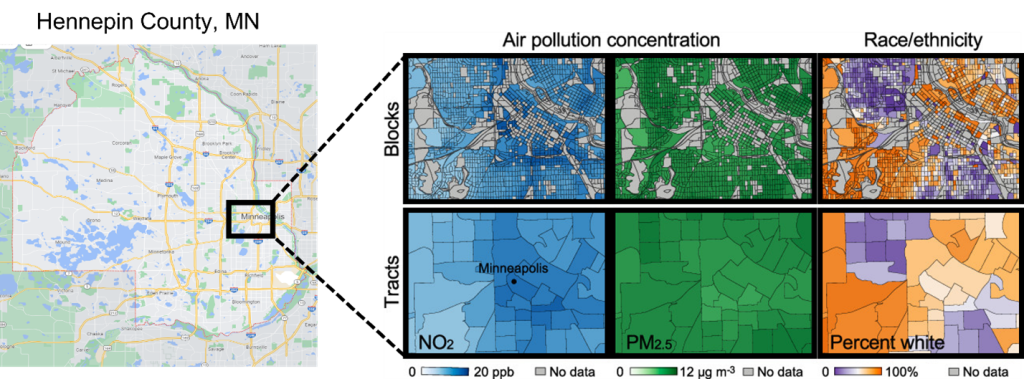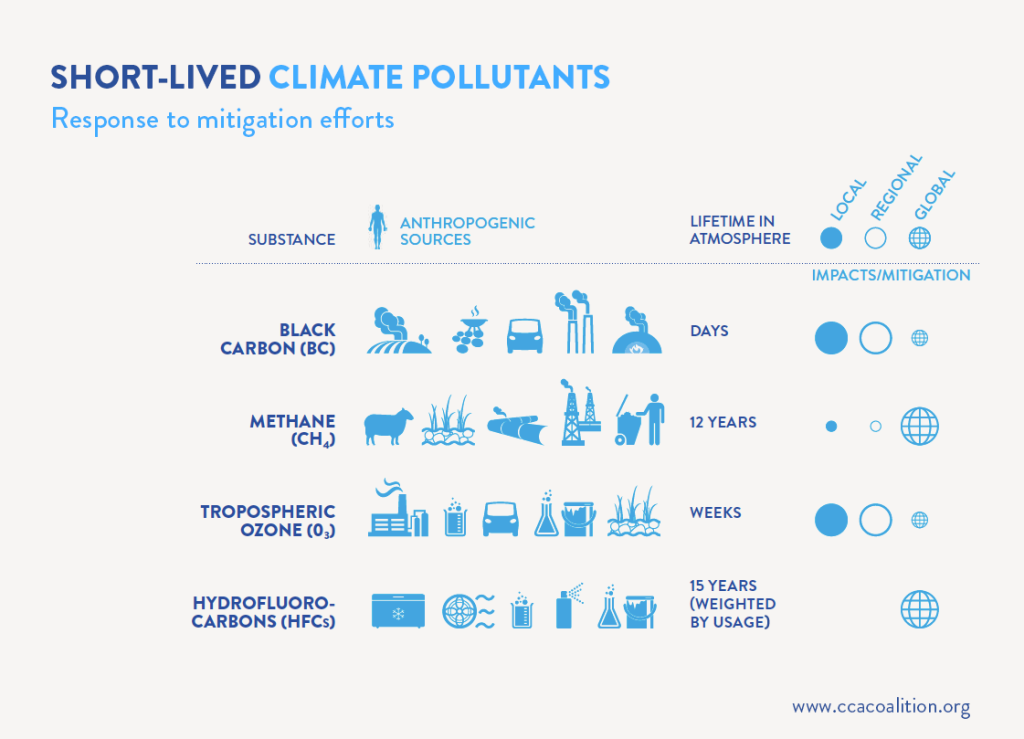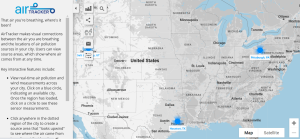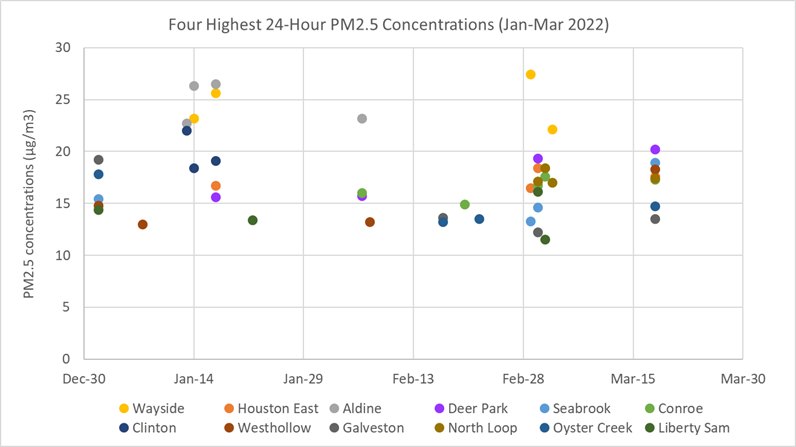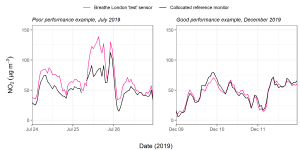As countries around the world work to develop strategies to improve air quality and achieve climate goals, innovations in monitoring technology and data analysis are opening up new avenues to reduce air pollution and protect our health.
In Latin America, policymakers and other key stakeholders from 15 countries attended a recent workshop co-hosted by Environmental Defense Fund and the United Nations Environment Programme’s Latin America and Caribbean office and discussed how a regional partnership approach to improve air quality, protect global health and advance climate goals can harness the power of new technologies and analytics to leapfrog existing barriers to advancing clean air. By integrating insights from new data-driven tools, policymakers in Latin America and around the world can more effectively use limited resources to shape policies that provide the greatest air quality and health benefits.
Here are four ways technology and data innovation can advance clean air solutions:
Locate pollution sources
Identifying air pollution sources—where it’s coming from, who’s responsible—is a critical component of air quality management. But emissions inventories and traditional models have limited ability to help us pinpoint the likely sources of local pollution when source information is lacking.
One resource to address this uncertainty is Air Tracker, an online tool developed by EDF and partners that uses real-time meteorological models and available air quality data to help users locate likely sources of local pollution.
Air Tracker has the potential to work even in locations without comprehensive air pollution data, although additional data sources—from low-cost sensors, weather data and more—improve the tool’s accuracy and ability to better pinpoint pollution hotspots.
Evaluate health impacts
Satellite data is another game-changing technology that enables us to better understand the magnitude and distribution of air pollution’s health impacts at an unprecedented scale. A recent study by researchers at George Washington University used satellite data and hyperlocal modeling to estimate that nearly 2 million new pediatric asthma cases can be attributed to air pollution in 13,000 cities around the world.
EDF used this analysis to develop maps that visualize the proportion of pediatric asthma cases attributable to air pollution in major U.S. cities.
This study and others like it open up new opportunities to find previously invisible hotspots of air pollution—and to develop policies to protect the health of people who are first and worst affected by air pollution.
Improve compliance with air quality rules
Actionable data on air quality is critical for enforcement of health-protective air quality regulations. In Houston, Texas, more than 600 industrial facilities along the Houston Ship Channel sit in close proximity to residential neighborhoods. While these facilities are subject to federal and state regulations, permit violations and industrial accidents are common, and enforcement from state regulators has historically been lax.
New data insights and technologies can support local governments in proactively identifying the most high-risk facilities and target monitoring and enforcement efforts there.
EDF worked with Houston-area officials to develop a Facility Risk Ranking tool, which compiles multiple data sources to identify and rank the most “high-risk” facilities. Local staff used this tool to prioritize locations for mobile monitoring with a specialized air toxics instrument around those facilities, identifying hotspots of pollutants and sending investigators to inspect likely sources.
Evaluate policy strategies
Finally, new approaches to air quality monitoring and data analysis open exciting possibilities for improving how we evaluate the effectiveness of policy strategies – both before and after implementation.
One approach to evaluate policies is to use “hyperlocal” or neighborhood-level monitoring to track changes in air quality. In the Breathe London Pilot Project, EDF partnered with the Greater London Authority to deploy a network of low-cost monitors alongside mobile monitoring. We used this data to evaluate air quality benefits from London’s Ultra-Low Emission Zone (ULEZ), which established fees for high-polluting vehicles to drive in central London, and developed a guide of best practices for other regions looking to integrate this kind of data analysis into policy evaluations.
Combining tools to strengthen compliance with clean air laws
All of these innovative approaches help us to better understand air quality challenges and develop effective policies to address them. By leveraging new sources of air quality data alongside traditional regulatory approaches, we can enhance policy and enforcement efforts with hard evidence and allocate resources for the highest impact solutions.
A more sophisticated understanding of air can also help us to document improvements to air quality that are associated with climate policies – a priority for many countries as they work toward fulfilling international climate commitments.










